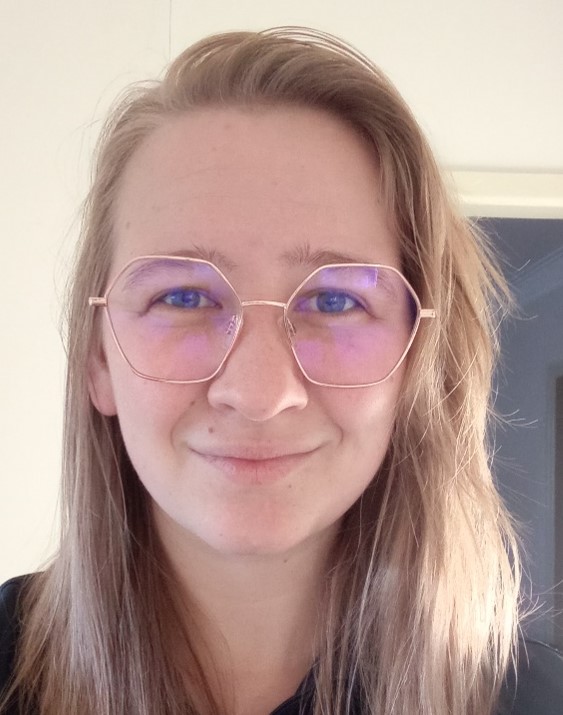

Most people can conjure images that they experience in their mind’s eye. Aphantasics cannot. They can only recall facts about recollected images.
As imagined visual experiences are a product of brain activity, Aphantasia is characterised by atypical brain activity.
Our long-term research goals are to understand what characteristics of brains, and the activity they generate, allow some people to conjure vivid imagined experiences, while others cannot. Moreover, we want to understand how Aphantasia relates to other situations associated with atypical brain activity, such as Autism.
Our more immediate research goals are:
1) To develop proven methods to measure the subjective intensity of different peoples imagined sensory experiences from electrophysiological measures of their brain activity
2) To develop more simple, reliable and objective measures of the subjective intensity of different peoples imagined sensory experiences.
Current scientific measures of the subjective intensity of different peoples imagined sensory experiences are not very accurate, and they rely on technologies (like Eye tracking) that are not easy to access. We aim to develop simpler and more reliable scientific measures that can be made available via the web.
Achieving these immediate goals will enable us to pursue our broader, longer-term research goals.
OUR RESEARCHERS

Prof. Derek Arnold
The University of Queensland
Derek is a vision scientist, with a wide range of research interests.
Prof. Arnold is an aphantasic who cannot have imagined visual experiences, but can have imagined audio experiences.

Ms. Loren Bouyer
The University of Queensland
Loren is a PhD candidate and cognitive neuroscientist.
Loren is an aphantasic who cannot have imagined visual or audio experiences (she cannot silently talk to herself)